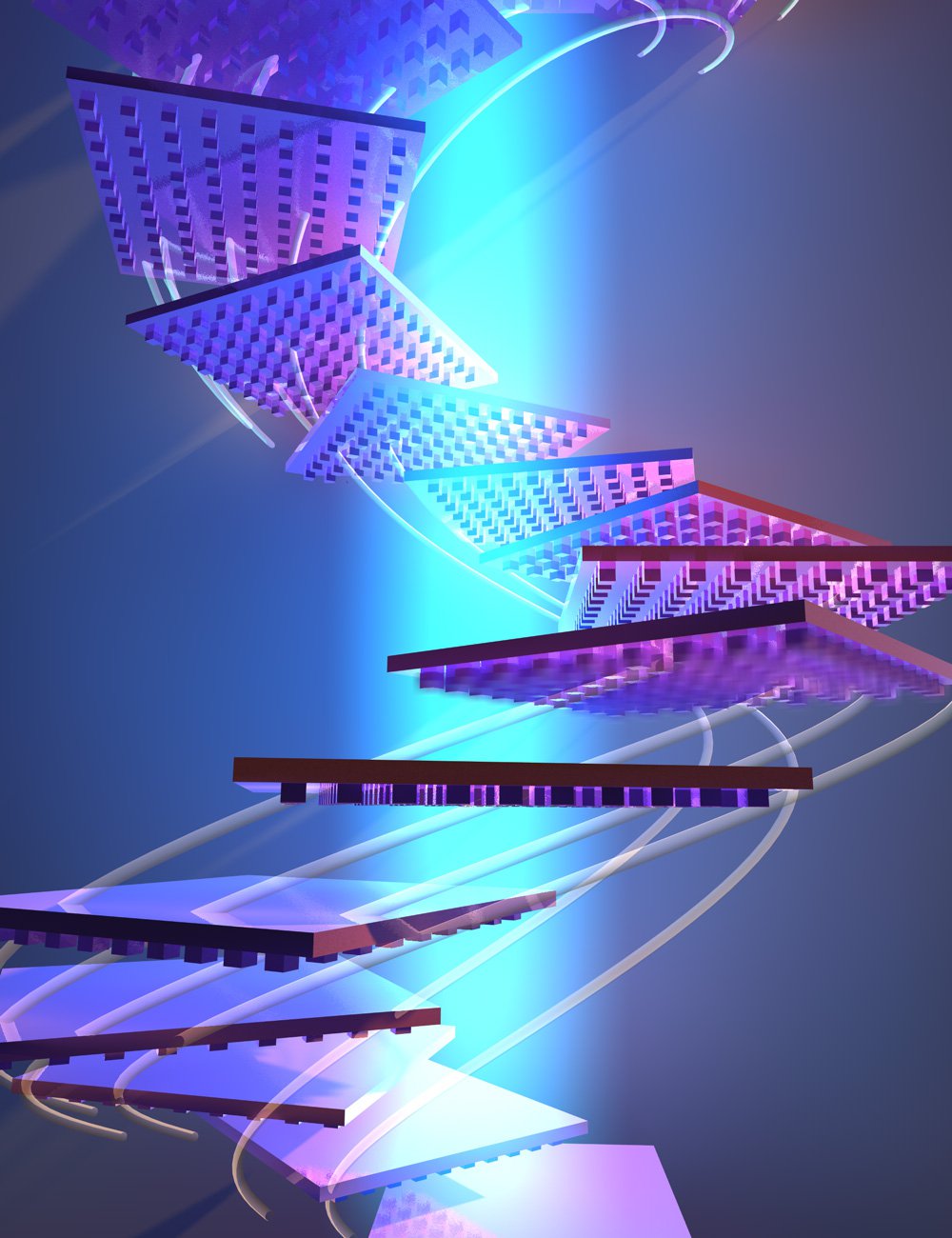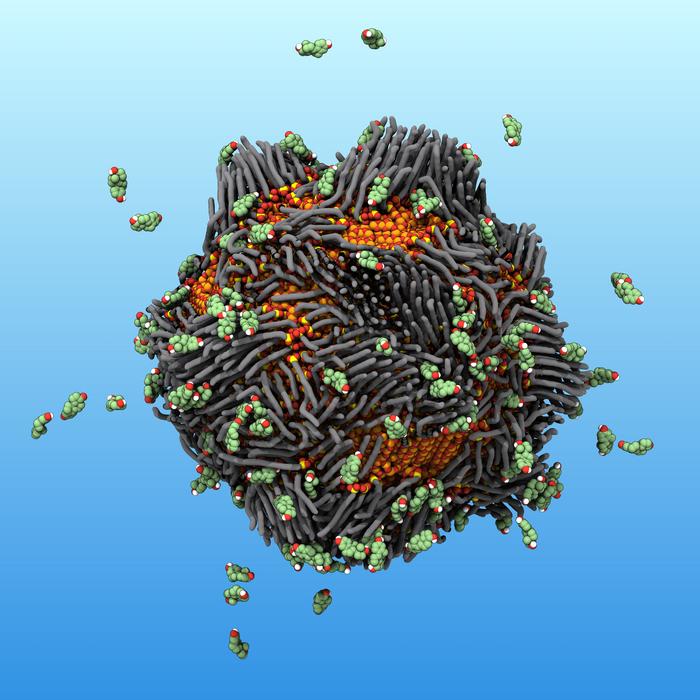In 1970, a scientist named Arthur Ashkin, reported the detection of optical scattering and gradient forces on micron sized particles while working at Bell Labs. To be more specific, the effect that a focused laser had on micron particles. He defined his research and demonstrated the “optical tweezer” effect and was awarded the Nobel Prize in Physics for this development in 2018.
What is An Optical Tweezer?
“Optical tweezers (originally called single-beam gradient force trap) are scientific instruments that use a highly focused laser beam to provide an attractive or repulsive force, depending on the relative refractive index between particle and the surrounding medium, to physically hold and move microscopic objects like tweezers. They can trap and manipulate small particles, typically order of a micron in size, including dielectric and absorbing particles”, explained one of the scientists at CALTECH.
CALTECH And Nanoscale-Sized Inscriptions
CALTECH is exploring the manipulation of objects in a range of sizes and shapes by only using beams of light. They came up with an ingenious concept to overcome the limitations of a standard “optical tweezer”. Keeping to the laws of science applied by the “optical tweezer” (relationship between the particle and the surrounding medium within the light beam), and the use of carbon nanoparticles (affecting the absorption of light), they created very specific patterns on the object’s surface.
In a statement posted on the California Institute of Technology’s website we quote, “is that researchers are digging a nanoscale-sized inscription on the surface of objects that interacts with light in such a way that the object is able to lift and can adjust its position when it is disturbed, so doing keeping its location within the beam range. This means that an object can keep itself stable and not rely on highly focused beams. The patterns could even mean the light source is millions of miles away from the object”.
The Future
“We have come up with a method that could levitate macroscopic objects,” says Atwater, who is also the director of the Joint Center for Artificial Photosynthesis. “There is an audaciously interesting application to use this technique as a means for







